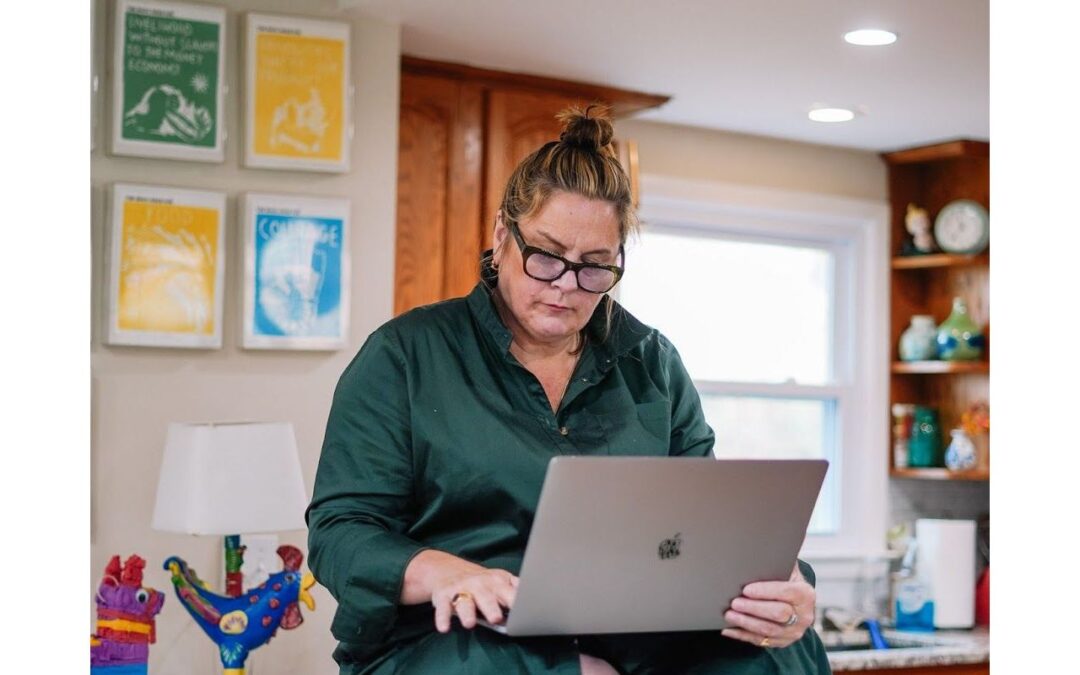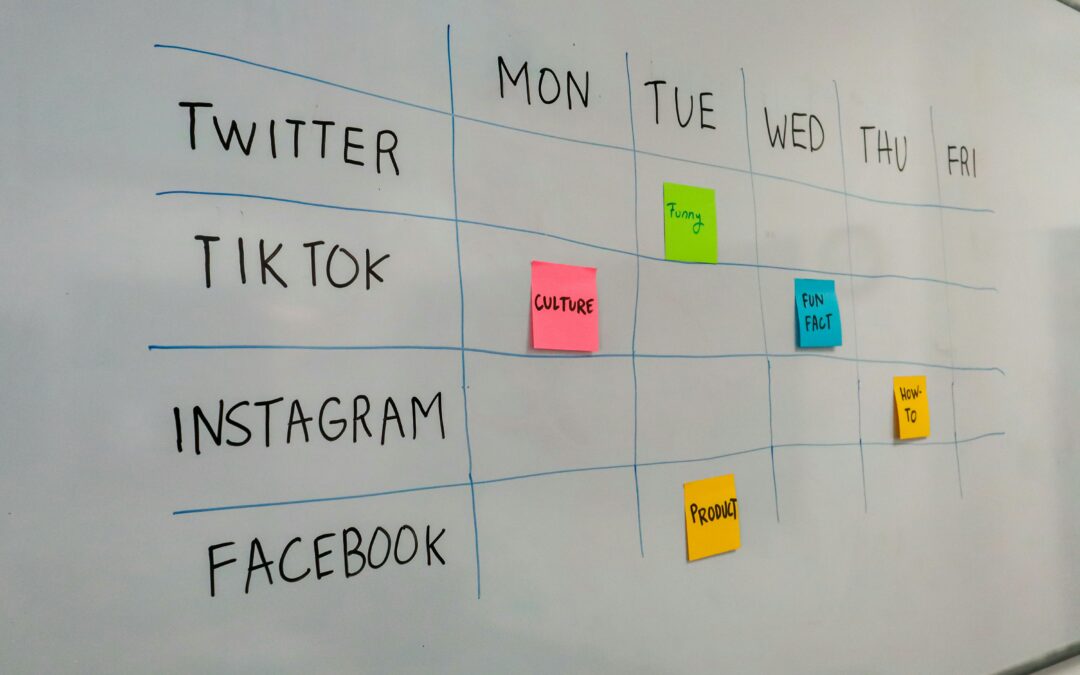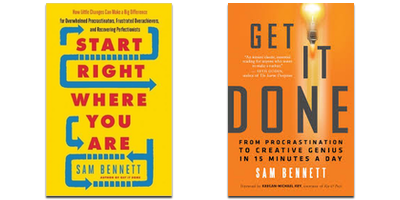It’s Easier Than You Think, Seriously
We gotta have a little heart-to-heart about this “1000 True Fans” thing. You’ve heard the whisperings, right?
Back in ought-eight, the smarty pants at Wired laid it down plain: snag yourself a thousand folks who genuinely dig your brilliance, and if they toss about a hundred bucks your way each year, you’ve got yourself a real income. #truth.
But here’s the kicker, the bit that makes even this shy Pisces (yeah, I said it) lean in: those thousand people? They’re ALREADY out there, buttercup. They’re ALREADY vibing with your magic. They just haven’t stumbled upon your glorious self yet.
Think about it for a hot minute. The second you show up, being your honest-to-goodness, slightly off-kilter, utterly you self? BAM. They’ll find you. And get this – they’ll actually adore you for it. Imagine that.
Now, I know, social media can feel like a soul-sucking time warp where you compare your insides to everyone else’s outsides. But used right? It can be a damn beautiful thing. A way to connect, to share your gifts. Wouldn’t you like to be that spark of good in the digital chaos, finding your people?
Lemme drop some truth bombs: If you’ve got a thousand connections on LinkedIn? You’re practically a unicorn, in the top 12%. And get this – only ONE PERCENT of folks on there are actually posting regularly. Hello, wide open field! Instagram? Over half the people there are using it to find their next obsession (that could be YOU). And those Facebook scrollers? They’re clocking in an average of THIRTY MINUTES a day just soaking it all in (your brilliance could be part of that soak!).
Look, if a card-carrying introvert, Enneagram 4, Pisces, INFJ (yeah, yeah, I’m a walking label) like me can connect with my weird and wonderful tribe and actually feel good about it, then you, my friend, absolutely can too.
Especially when… well, when my award-winning brain (been at this digital shindig since ’09, I know the ropes) and my crackerjack team are about to do the heavy lifting for you.
Wanna play? Wanna see what happens when you actually let your people find you?
I’m cooking up something brand-spanking new: a Done-For-You Social Media Content Package for the authors, the artists, the coaches, the creatives who want a gorgeous, authentic online hangout without spending their precious hours trying to decipher the algorithm’s latest tantrum.
No chasing those ridiculous trends. No pressure to become a TikTok sensation overnight (unless that’s your jam, then go for it!). And absolutely NO robot AI writing your heart out. This is the real, human connection we’re talking about.
This is a beta, a little experiment we’re trying out together. That means I’m only taking on a handful of you amazing folks for this first go-round. I want it to be fun, crystal clear, and feel genuinely supportive – like we’re all in this glorious mess together.
Here’s the skinny on what I’m envisioning:
- Around 50-60 custom social media posts. Think images that pop and captions that sound like you actually talking.
- Designed to fit your unique flavor, your specific brand of awesome. No generic blah-blah here.
- Enough content to keep your online presence vibrant for about three whole months.
- With the option to keep the party going later if this is clicking for both of us.
Your part in this glorious experiment? A fun little intake form (maybe even a Pinterest board for some visual inspiration – unleash your inner magpie!). My part? My award-winning digital marketing noggin and my incredible team taking the reins and making the magic happen.
Now for the good stuff: because this is a beta, a first dance, the price is pretty damn special – way less than it’ll be down the road. But heads up: spots are limited for this first crew. This ain’t for everyone, but if your gut does a little happy flip and screams “hell yes,” then I’d genuinely love to work with you.
BONUS ALERT, because I’m feeling generous: I just tossed in instant access to our beloved course, The Bunny Slope: A Gentle, Easy Introduction to Email Marketing (worth a cool $497!), so you’ve got a simple roadmap to turn those lovely new social media peeps into actual subscribers and buyers. #winning.
Here’s where you can read the details and enroll:
oooh – OK! Show me more about this new social media thing
Let’s make some online connections that actually mean something, shall we?
Yours,
Sam
P.S. Seriously, hit reply and tell me what’s buzzing in that beautiful brain of yours. Questions, wild ideas, even a virtual high-five – I read ’em. This is new, and your thoughts are pure gold. Thanks, you rockstar. – S.
P.P.S. Your reaction to this little experiment? It’s kinda a big deal for where this whole thing goes. So, if you don’t jump in or even shoot me a quick “hey, interesting,” I’ll probably assume the crickets mean “not my cup of tea,” and I’ll pull the plug faster than you can say “viral reel.”
I know, I know, those email marketing gurus (myself included, sometimes) have trained you to wait for the ten thousandth “last chance” email. But seriously, don’t play that waiting game with me on this one. New ideas? They thrive on energy, movement, a little bit of bravery, actual questions, and damn swift action. That’s what I’m putting out there, and that’s what I’m hoping for in return.
Makes sense, yeah? Good.
Thanks for being your amazing selves.
By the Way, You Look Really Great Today. Seriously.






